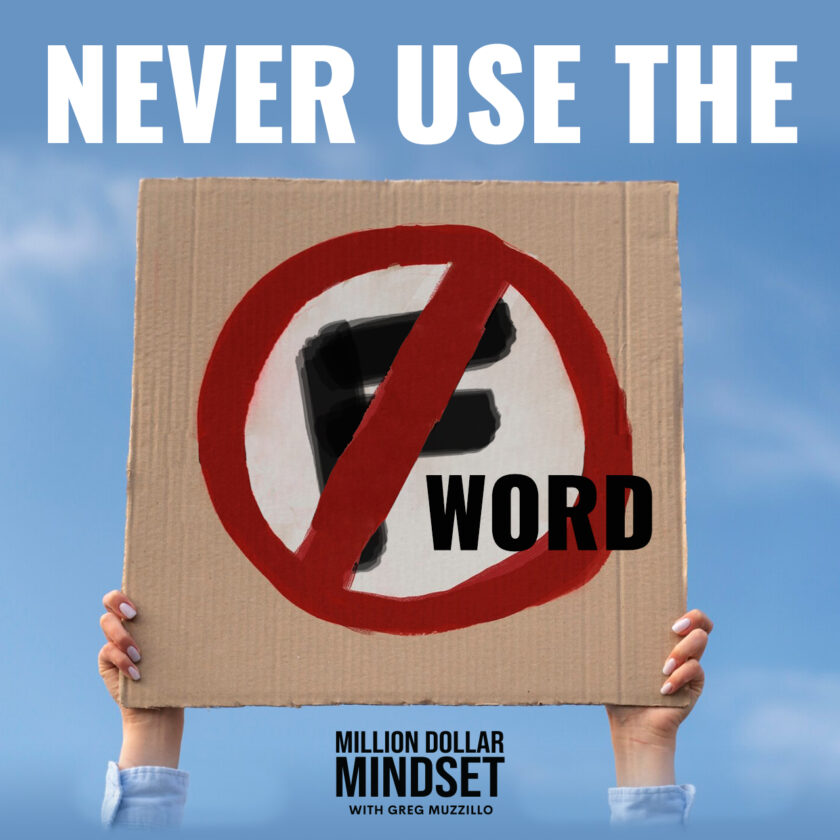A report released last week cited more units of children’s products recalled last year than 2013, but that the number of children’s product recalls, and the incidents, injuries and deaths related to them all decreased in 2014.
Kids in Danger (KID), a Chicago-based nonprofit dedicated to improving children’s product safety, released “A Decade of Data: An In-depth Look at 2014 and a 10-year Retrospective on Children’s Product Recalls.” The report has been released annually since 2002, and also looks for data trends over the past decade.
The Numbers
The report noted, in 2014, more than 16.8 million units of children’s products were recalled, including five recalls with more than a million units per recall. That number is about 5.6 million more than last year, but there were 39 fewer product recalls this year (75 compared with 2013’s 114). The percentage of children’s recalls its lowest in the last 14 year’s of data, with 25 percent of 2014 recalls involving children’s products.
For the second straight year, children’s clothing products accounted for the most of the children’s recalls with 33 percent. Having drawstrings or violating flammability standards are the most common defects. Toys, with 19 percent, were the second most frequent for children’s recalls.
Overall, choking and strangulation were the most common hazards for children’s products, with 25 and 23 percent, respectively, having those problems. This year, 13 percent involved injuries before the recall occurred—an 85 percent drop from 2013. Three deaths were recorded this year—two from suffocation in an Ace Bayou Corp. Bean Bag Chair and another from strangulation from an Ikea Children’s Wall-mounted Lamp.
“When looking through the 10 years of data, it was striking to see how closely related deaths and mandatory standards were,” said KID’s Jordan Durrett, who researched and wrote the report. “As a rule, once a mandatory standard was put into place for a certain hazard, like drawstring strangulations, the hazard was no longer associated with deaths. The only exception was the choking hazard small toy parts pose to children that continues to be related to child deaths.”
Utilizing Social Media
A trend that hasn’t improved is getting recalled items out of homes with 80 percent of those items unaccounted for and, in many instances, still in use. Most manufacturers are not using a valuable asset to get the word out about their recalls—social media.
Used for marketing purposes, these sites could have a big impact on spreading the word about their own recalls, but many are not. According to the study, 57 companies who recalled a product in 2014 had an active Facebook account and 57 had an active Twitter account. Only 13 of those companies on Facebook (23 percent) and 12 companies on Twitter (32 percent) posted about their recalled product. However, three of those who posted were ambiguous in tone, according to the report.
“I think some of them are certainly putting far more effort into sales than they are on the recall side. We definitely see that,” Elliot Kaye, U.S. Consumer Product Safety Commission chairman, told ABC News, which reported the government considers a 20 percent recovery as a “good” recall. “What we see is there’s a quick hit on the recall side, it’s relatively narrow. They don’t use all their resources. They don’t use all their creativity. They don’t use all their social media channels to be able to do this, and that’s what we’re asking for.”
Recall Effectiveness
Starting with last year’s report, KID attempted to examine effectiveness of the recalls in the prior year. With laws that obligate the CPSC to contact the manufacturer to determine what should and should not be provided in Freedom of Information Act requests, some important information sometimes is redacted. There also were a few mathematically impossible reports, such as some with data showing more than 100 percent of product being destroyed or corrected. About 40 percent of reports were missing or nonexistent.
Based on data received for 61 children’s product recalls from 2013, there was a 4 percent increase in recall effectiveness, but the number remains low with 14 percent of all recalled children’s products “successfully corrected or destroyed,” according to the report. Distributors and manufacturers have the highest success rate of correcting or destroying affected products, but 80 percent of the recalled products are believed to be already in consumers’ possessions—and only 4.6 percent of those products are properly corrected or destroyed.
“Stronger standards, port surveillance and testing requirements have reduced recalls and improved safety,” Nancy Cowles, KID’s executive director, said. “We need to keep strengthening that safety net and address the gap between recalling a product and getting it out of our homes.”
For a complete look at the last 10 years in children’s product recalls, check out the report.



